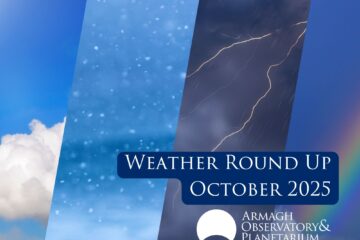Now we come to the sixth planet from the sun, with the magnificent ring system, it’s Saturn!
- It is now the planet with the most known moons!

Saturn recently beat out Jupiter in the moons category, even though Jupiter is the largest planet in the Solar system and behaves somewhat like its own mini solar system. Up until very recently, Jupiter was the planet with the most known moons in the solar system, with a whopping 79 moons. But, 20 more moons were discovered orbiting around Saturn, bringing its total up to 82, just beating out Jupiter… for now. Who knows, more moons may yet be discovered around any planet! Saturn’s biggest moon is Titan, and another one of its moons, Enceladus, is considered the best chance for us to find life outside Earth, as it has liquid water under its icy surface.

- The Rings probably used to be a moon…what happened to it?


Well, if you consider the rings, Saturn might be the planet with the most moons by far! There are probably hundreds of what we call ‘moonlets’ within the rings of Saturn… but these aren’t officially considered real moons ☹. They are simply larger than average particles of the rings, which are made up of thousands of pieces of rock, ice and dust. So how did all these particles come to be travelling around Saturn all together? Well there are two theories. The first is that the particles are leftover material from the formation of the planet itself. The other is that there used to be a huge moon around Saturn and it got exploded by a collision, probably with a large asteroid. After that all the debris left over from the collision just stayed travelling around the planet like they were used to doing!
- Ancient Civilisations knew about Saturn

Saturn can be seen clearly in the night sky; it looks just like a very bright star when it is visible – the sixth brightest object in the night sky, after the moon and other visible planets. In fact, It can be seen in the morning sky at this time of the year! look online for where it will appear in the sky and see if you can spot it. It can be seen without a telescope (but if you have a telescope you might be able to see the rings), and so has been known for thousands of years, with ancient civilisations providing the first record of its presence (it was known even before records began, though). It is named after the Roman god Saturn, god of wealth and agriculture. It wasn’t until a good quality telescope was invented that we could see Saturn’s rings, though.

- If you could find a bath big enough to fit Saturn in, it would float!

Saturn is the least dense planet in the Solar system. This is because despite it being heavy, it is also really big! This means that the light gases (Hydrogen and Helium) that make up most of Saturn are nice and spread out, instead of clumped together into a small space. This means that it is less dense than water, and so would float! It is not the least dense planet we know of altogether though, as there’s an extrasolar planet with an even lower density, 1400 light years away!
- There was a spacecraft in orbit around Saturn for 13 years until 2017



There have been a number of flybys of Saturn by spacecrafts in the past, with Pioneer 11 and Voyager 1 and 2 flying past in the 70s and 80s. These probes gave us some new information about the planet. They took pictures, some of which were too low resolution to see much, and some which photographed some of Saturn’s moons and even discovered some moons themselves! However, the Cassini-Huygens probe was sent specifically to Saturn, launched in 1997, and entered orbit around the target planet in 2004. It took the highest resolution photographs of Saturn yet, and the Huygens probe even landed on Saturn’s largest moon, Titan. Cassini was used to detect lightning on Saturn (1000 times more powerful than lightning on Earth), and to find evidence of liquid water on Enceladus, which erupts in geysers from the moon’s south pole. The probe discovered eight new moons orbiting Saturn, and ended its mission in 2017 with a flight through the rings, and finally entry into the atmosphere, after twenty years in space. Goodnight, Cassini.




0 Comments